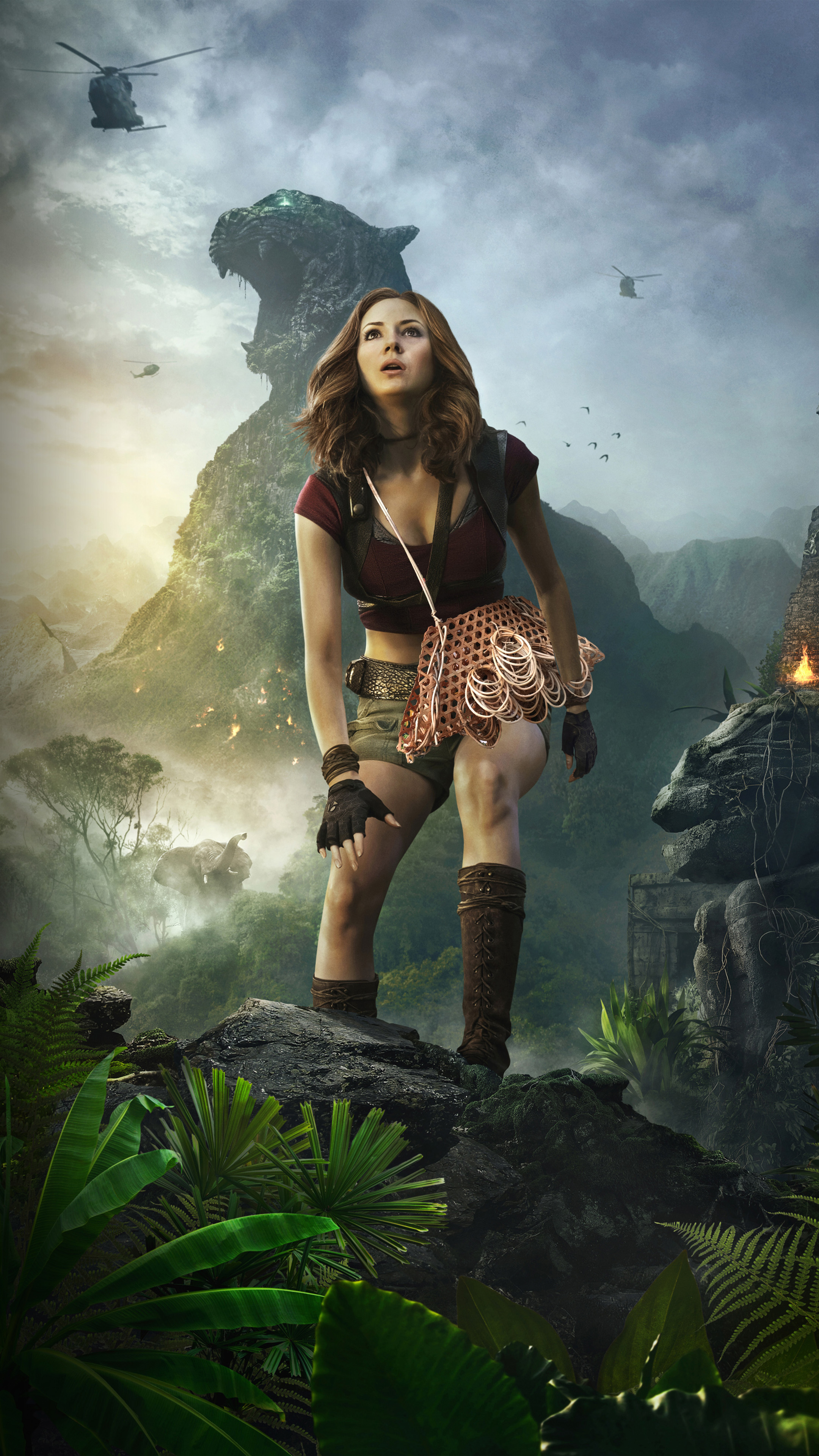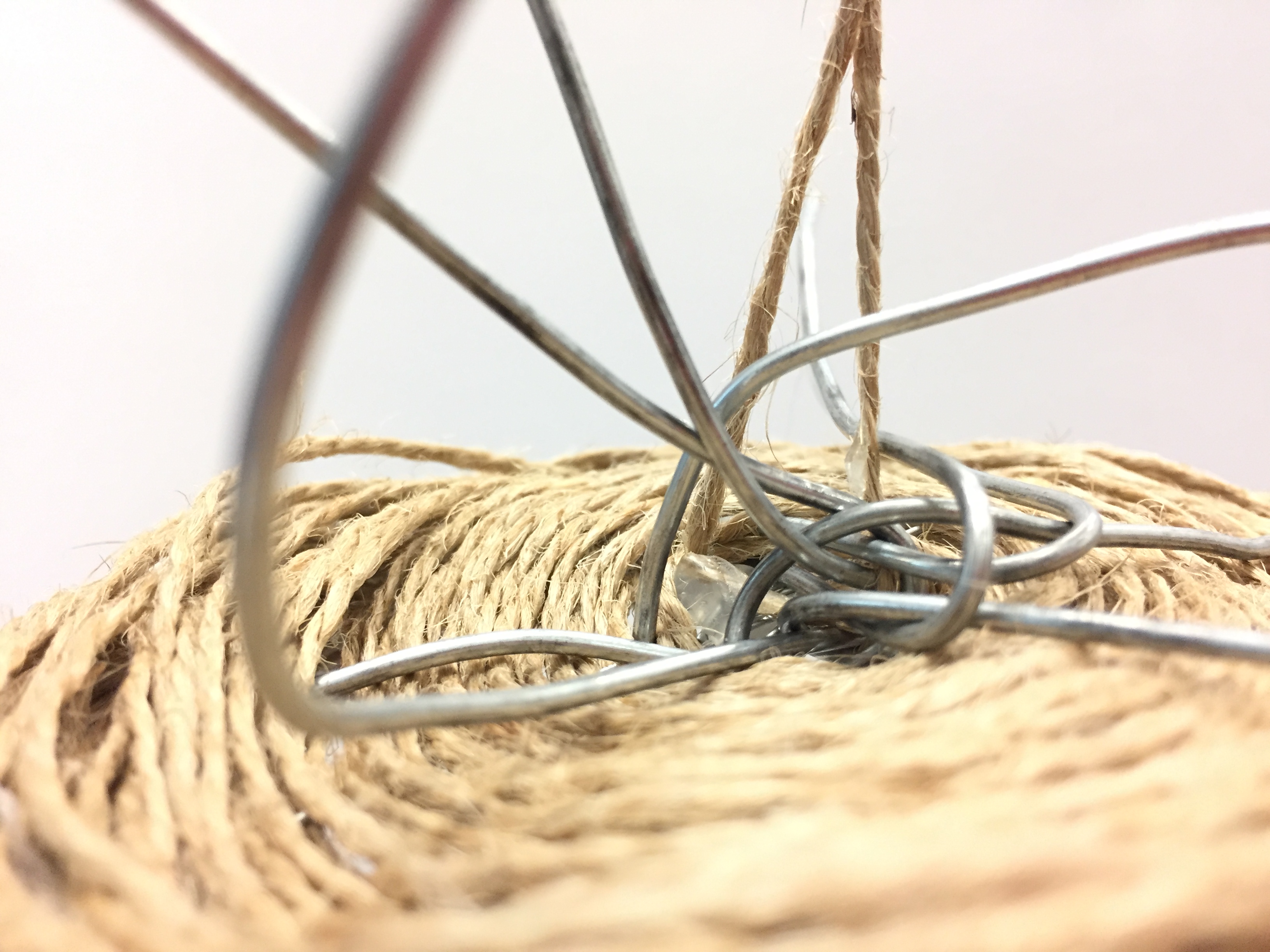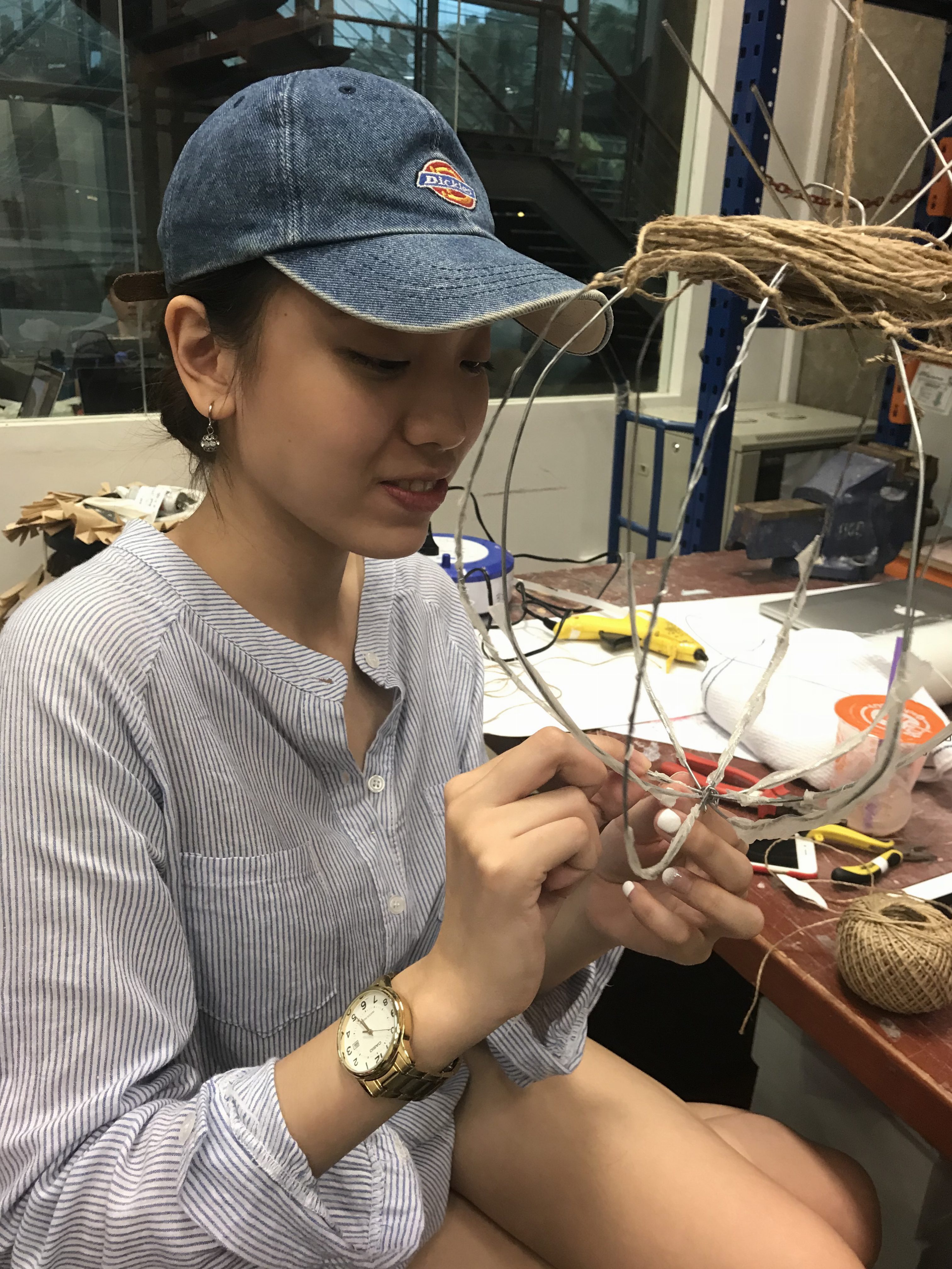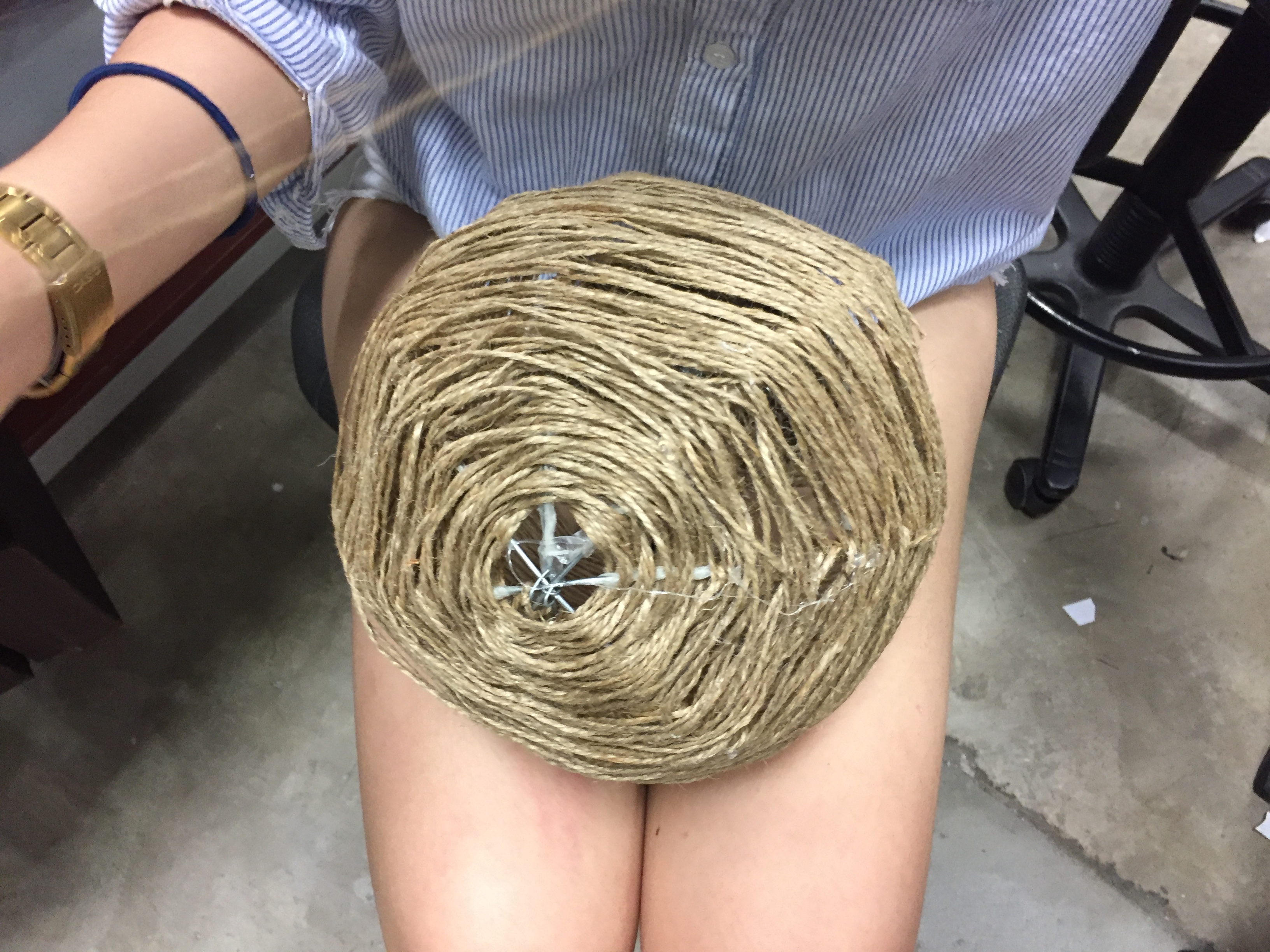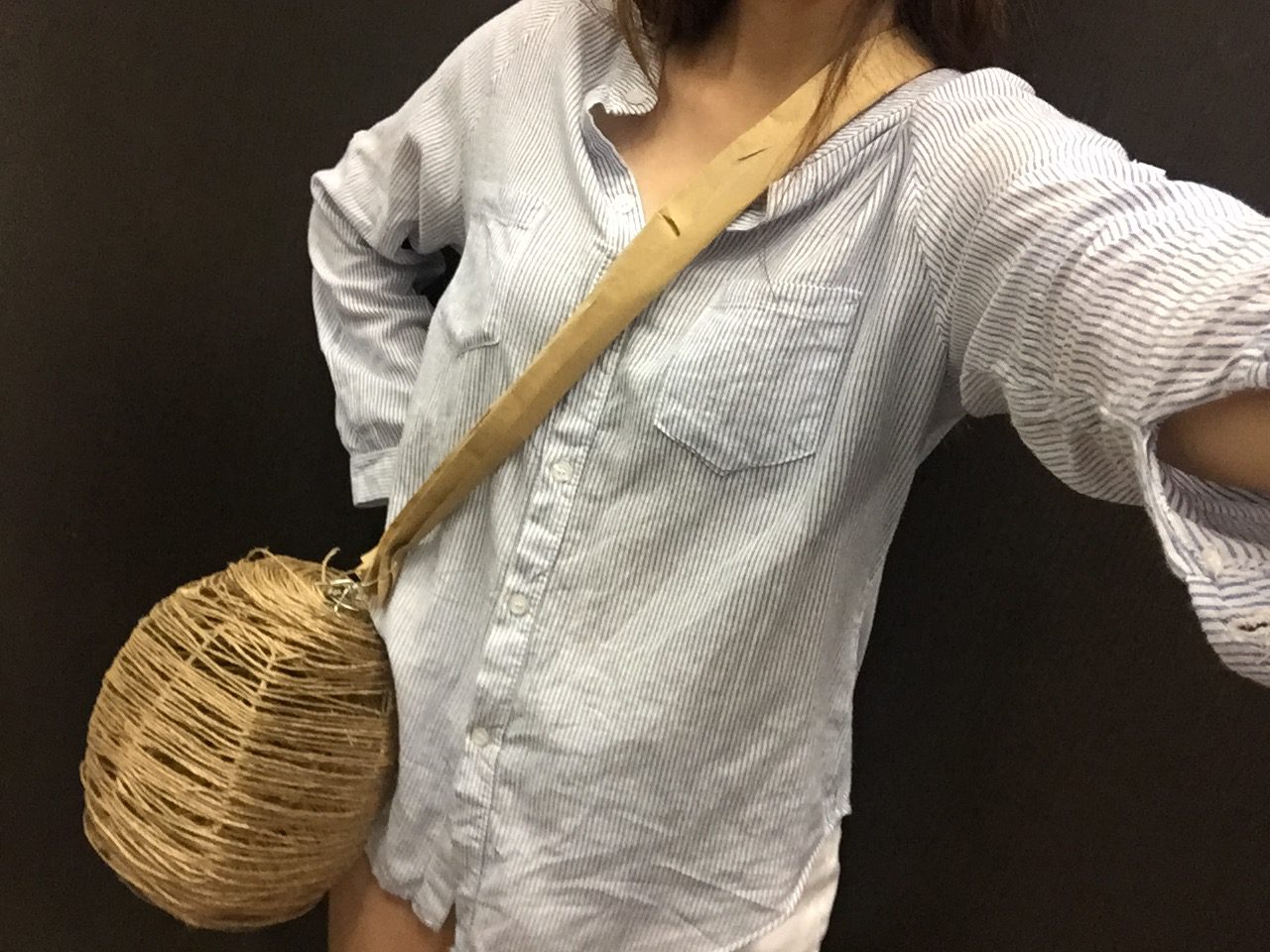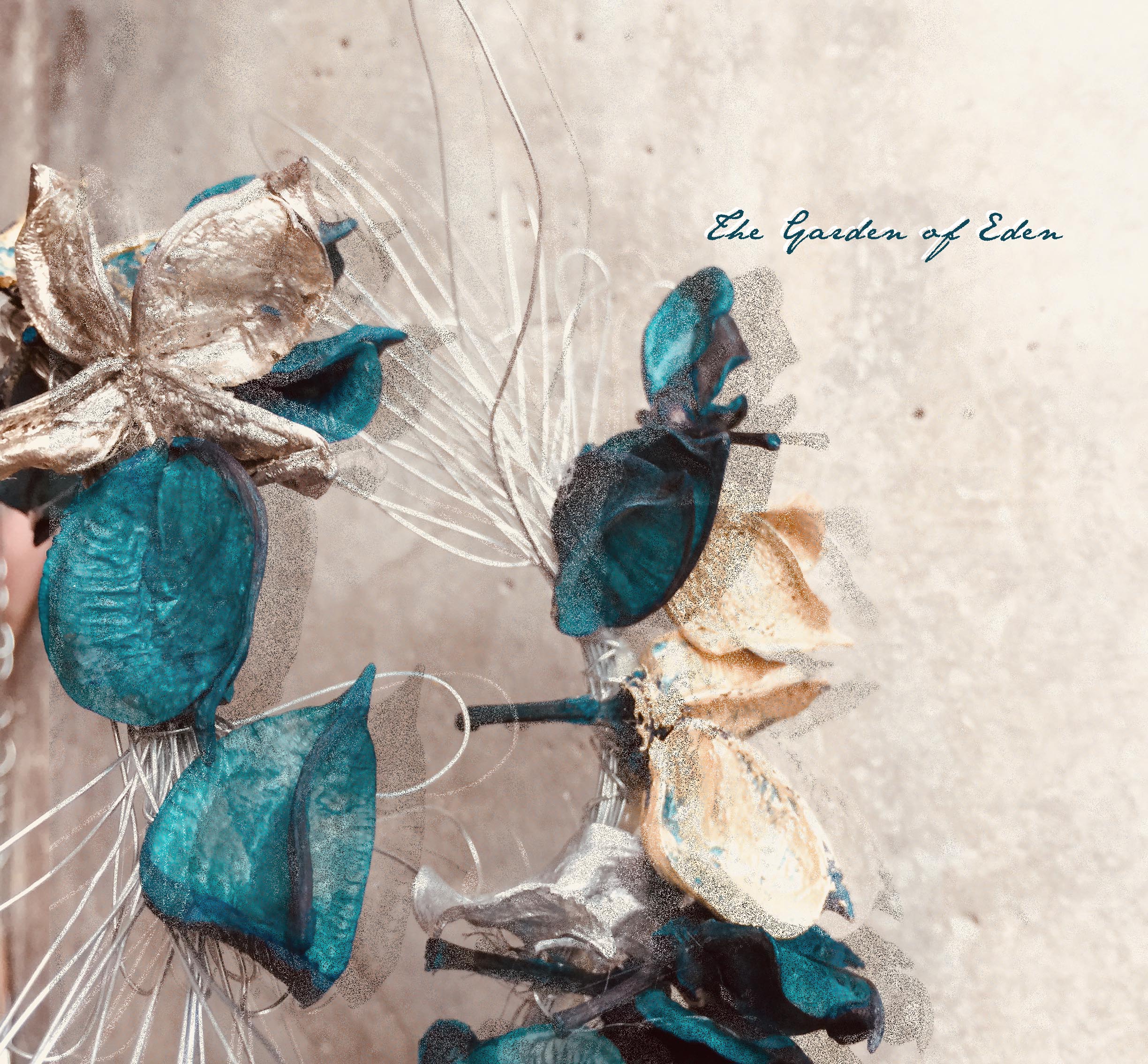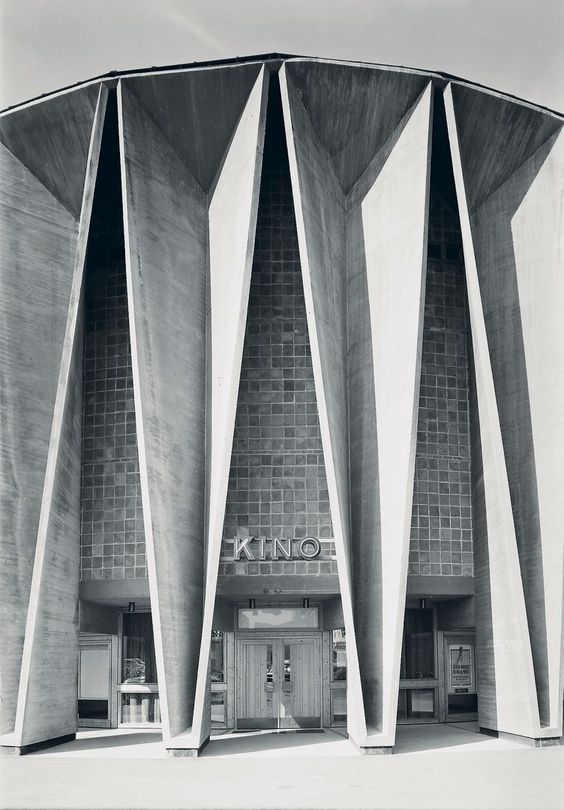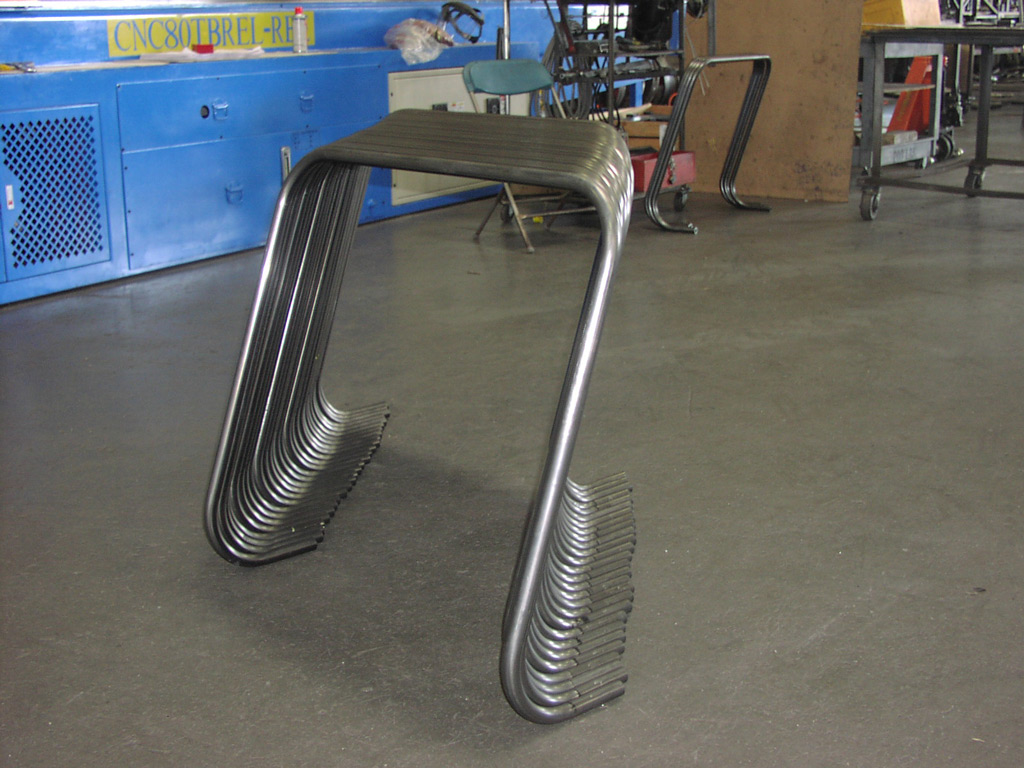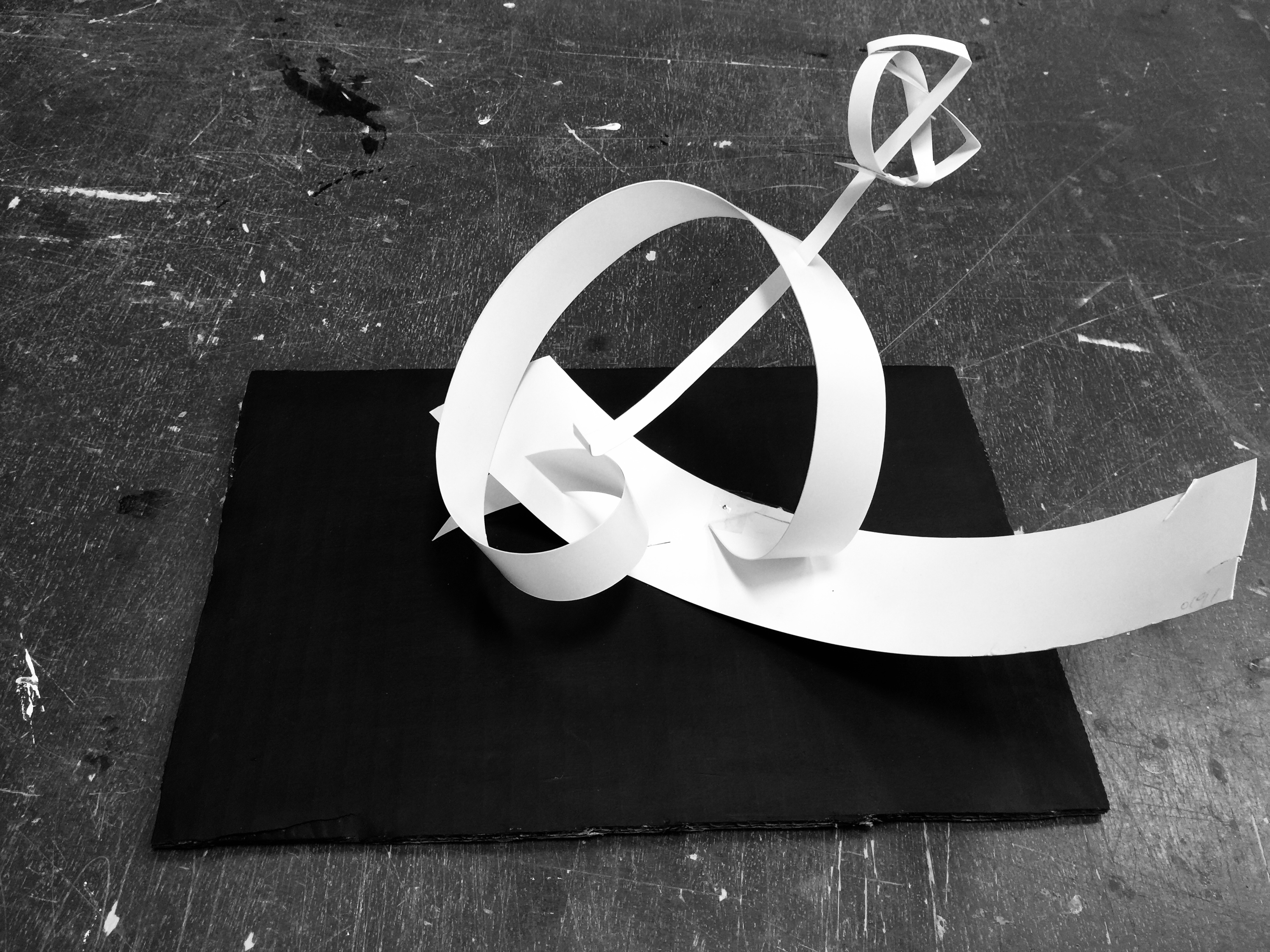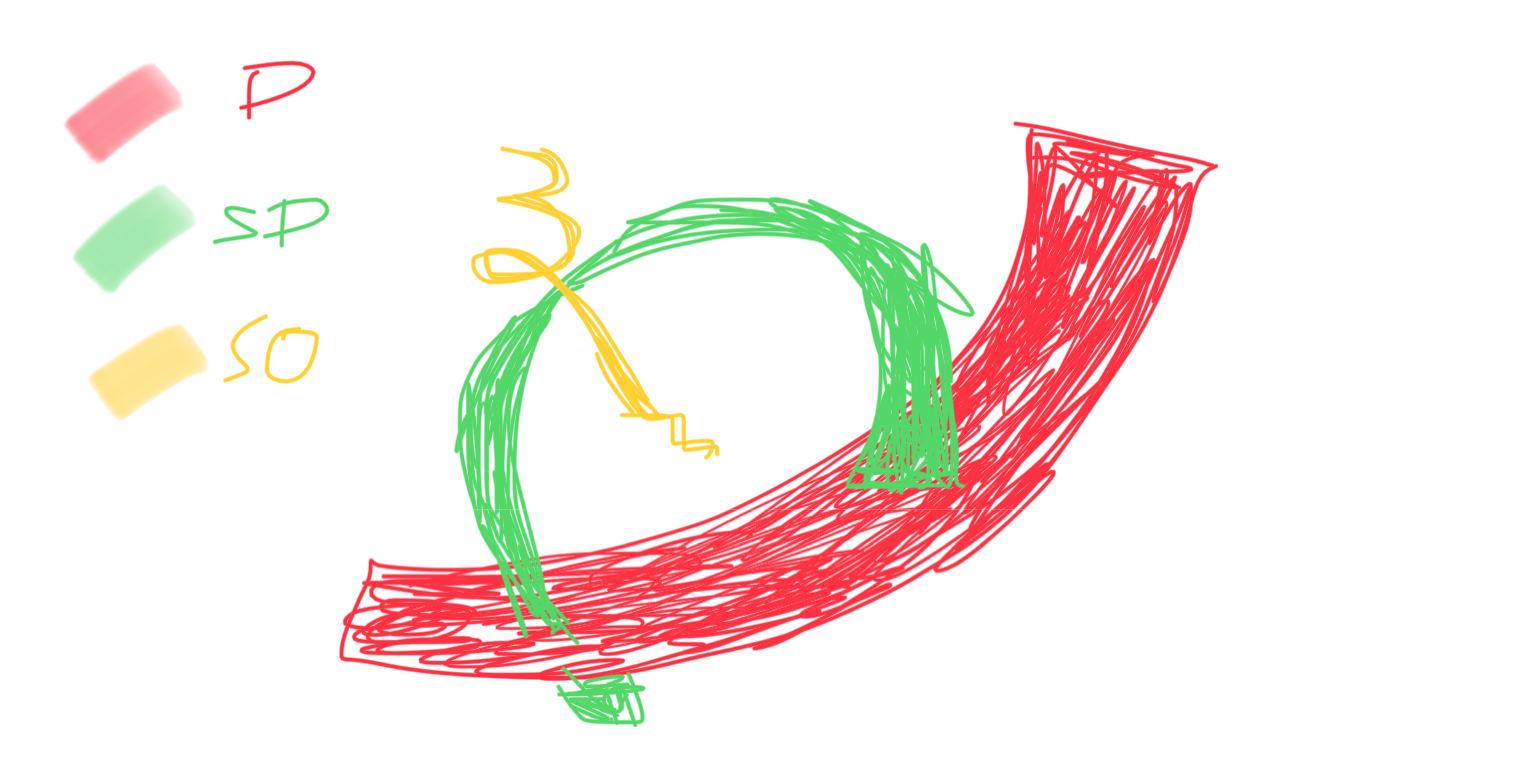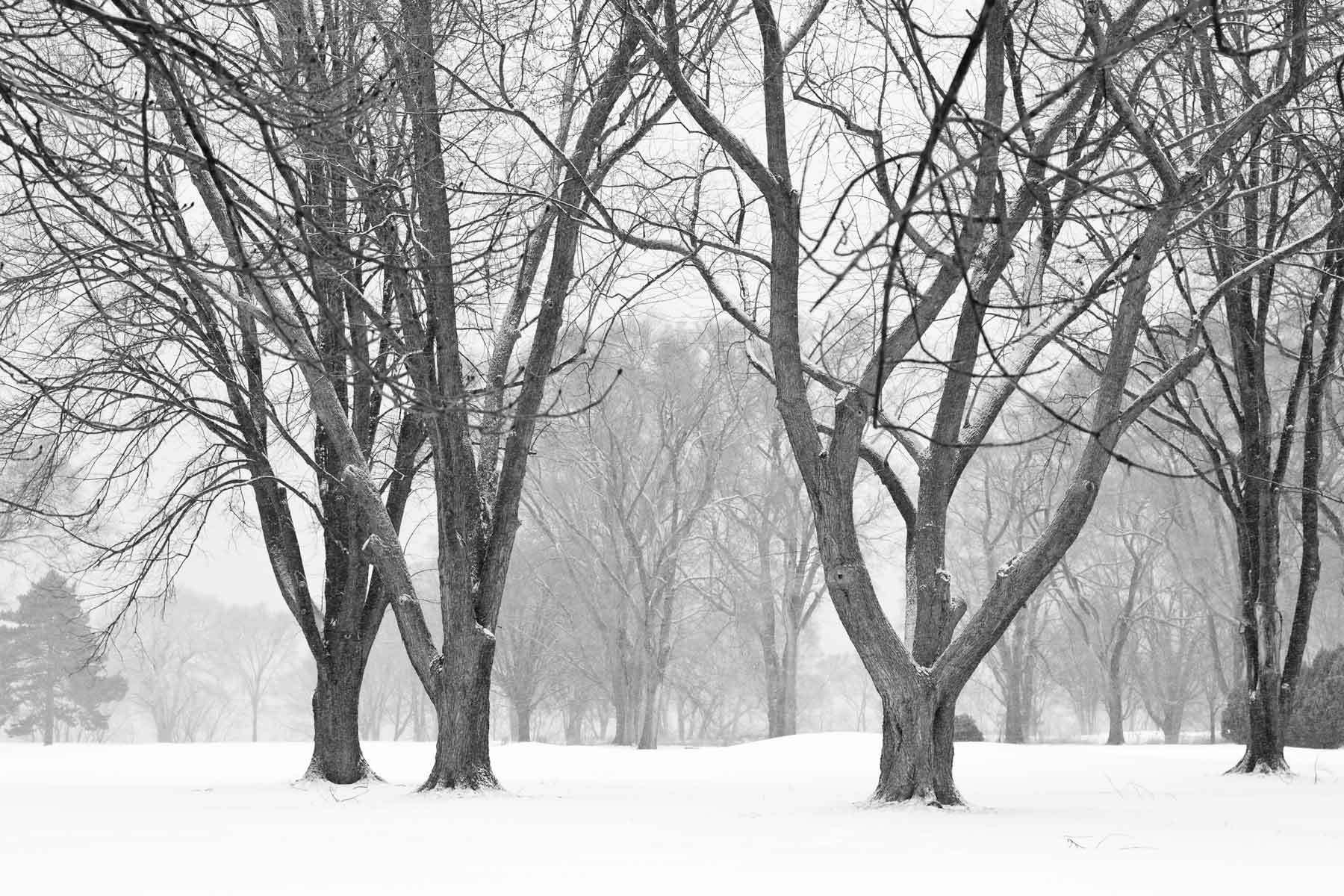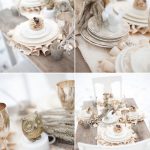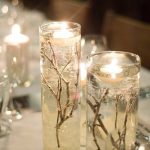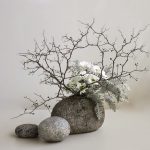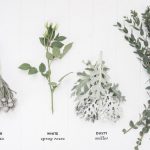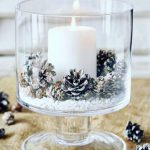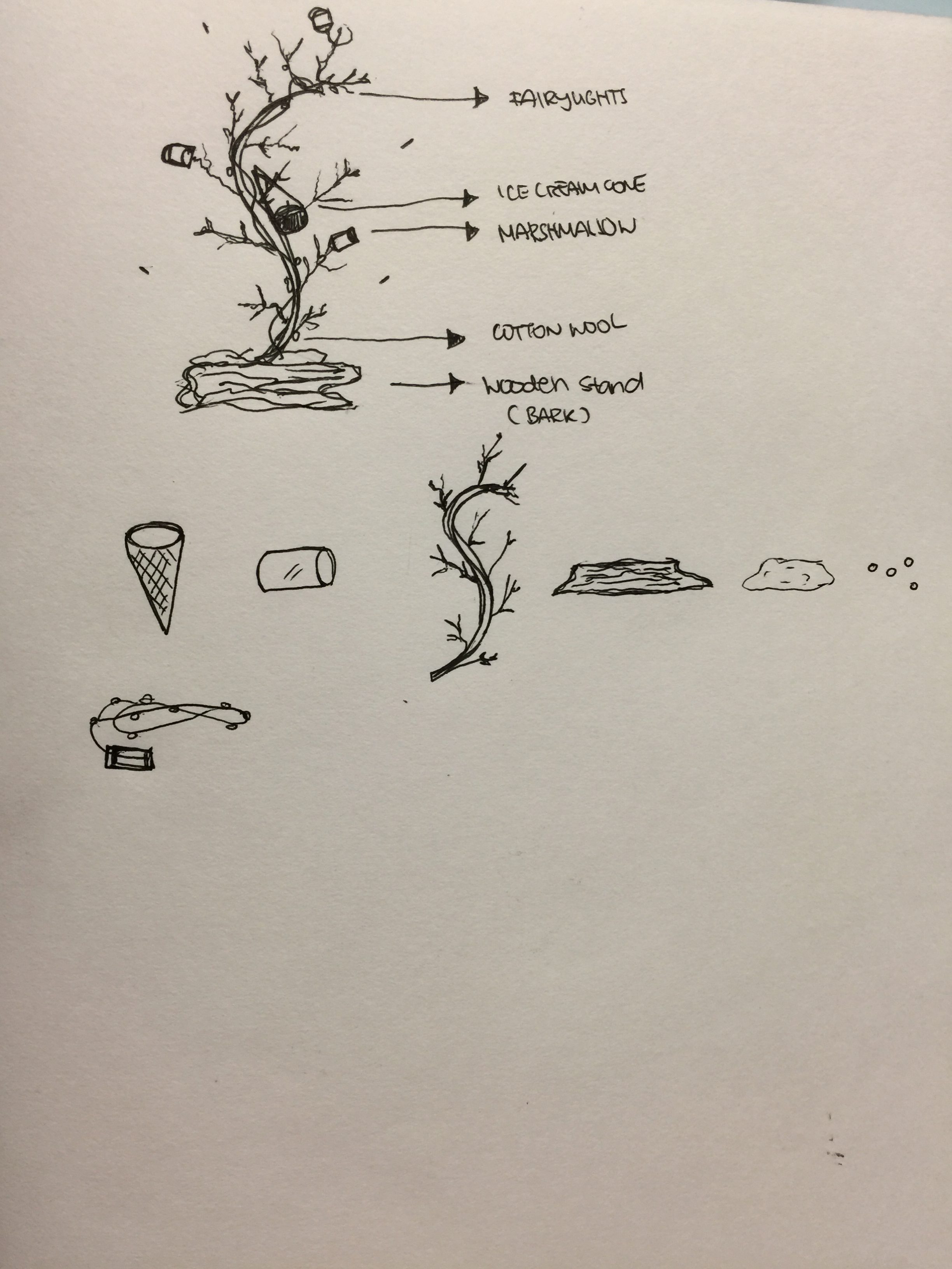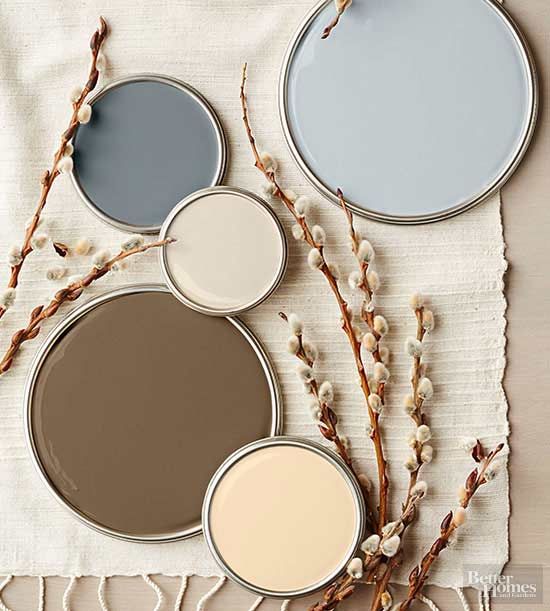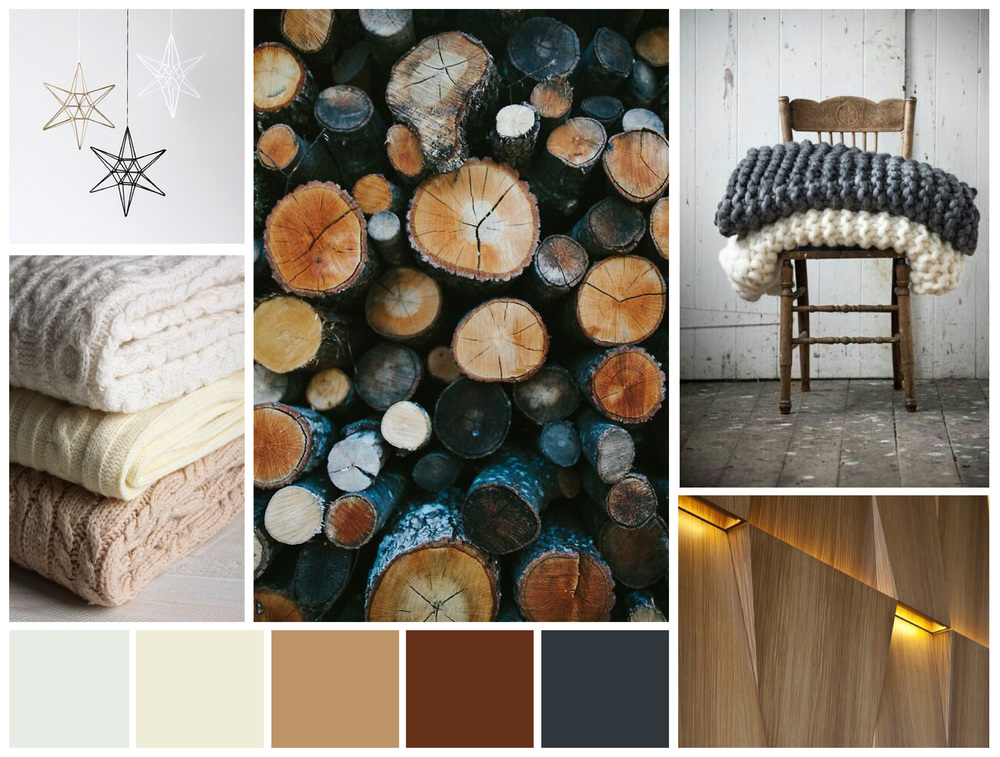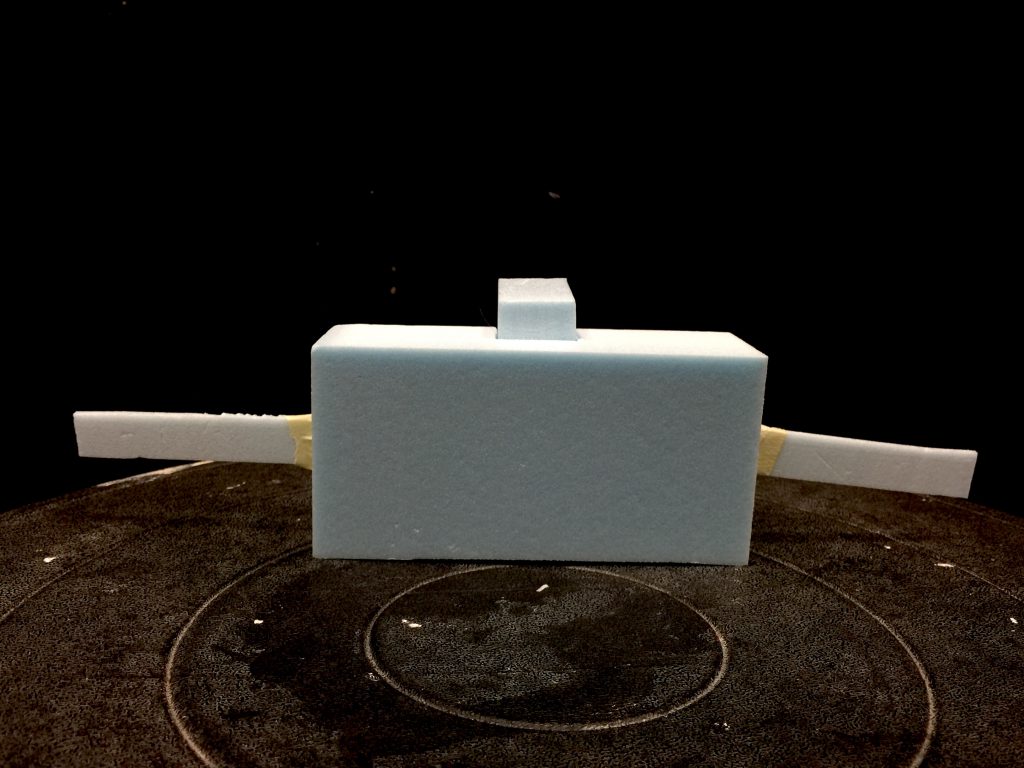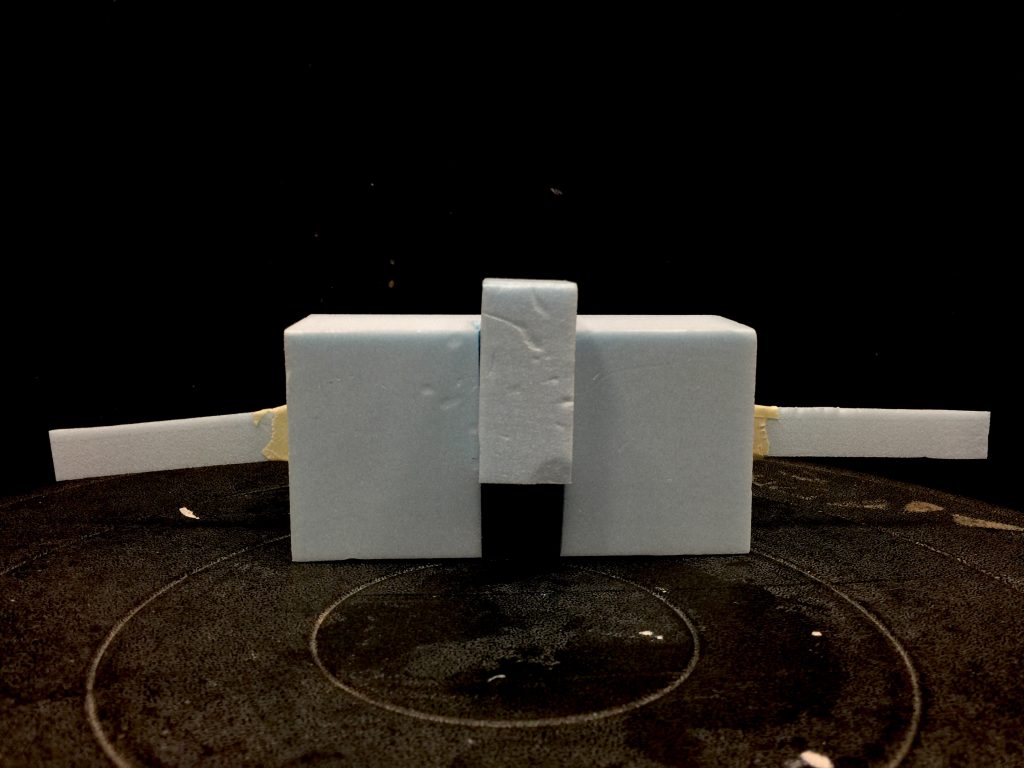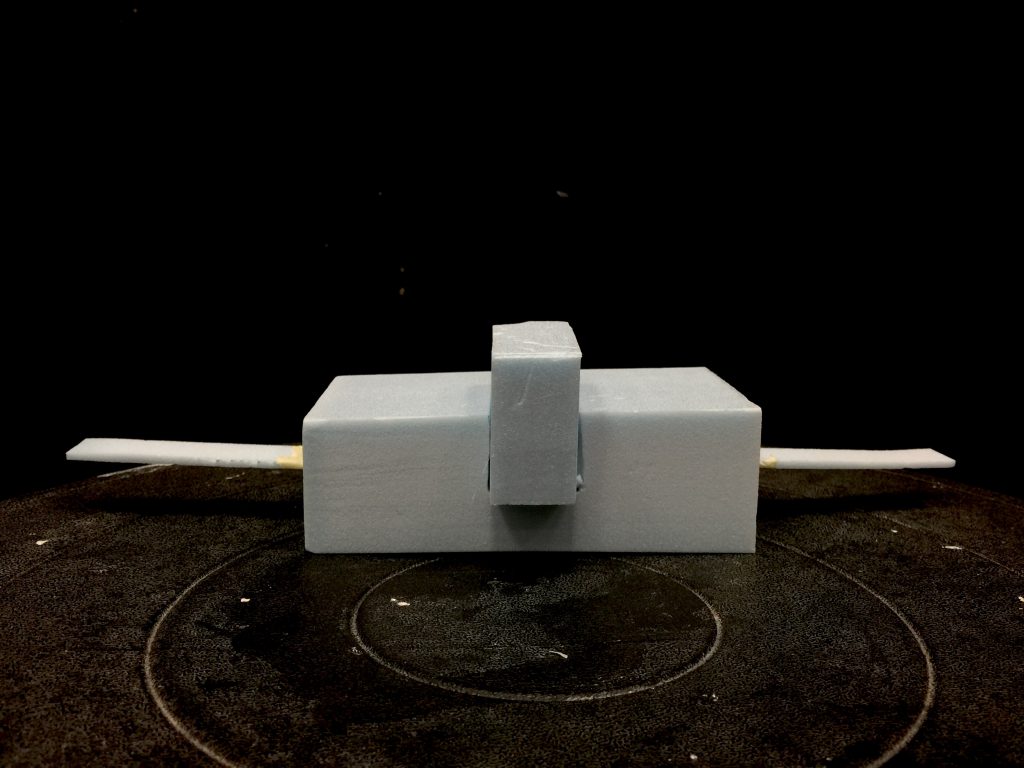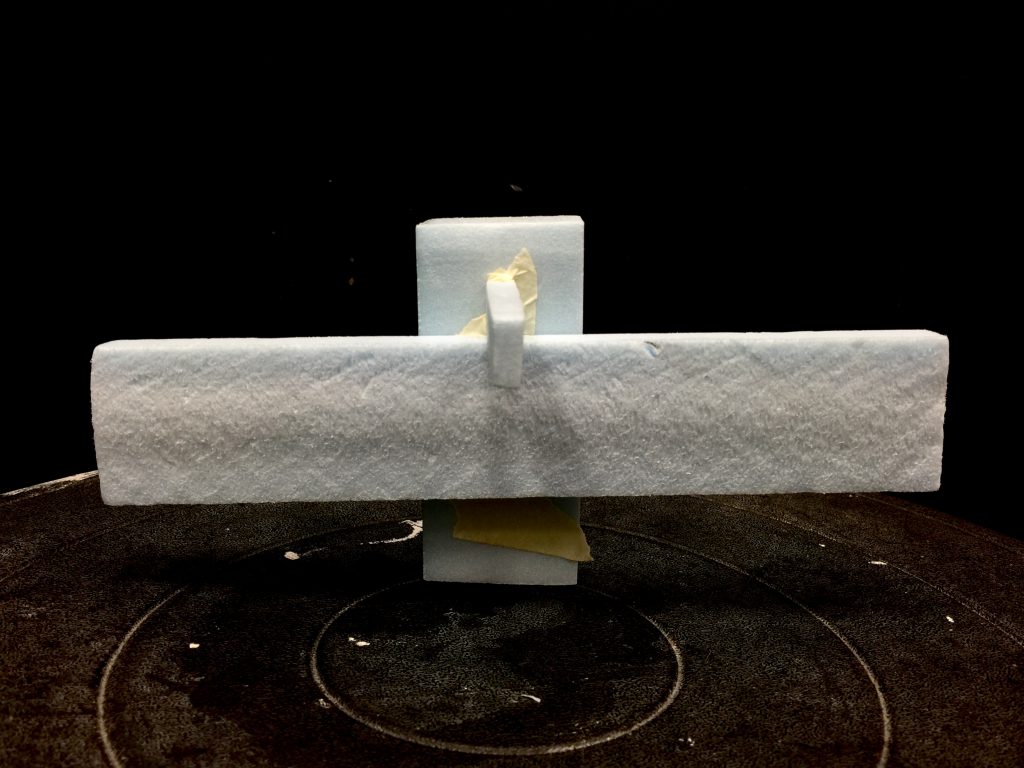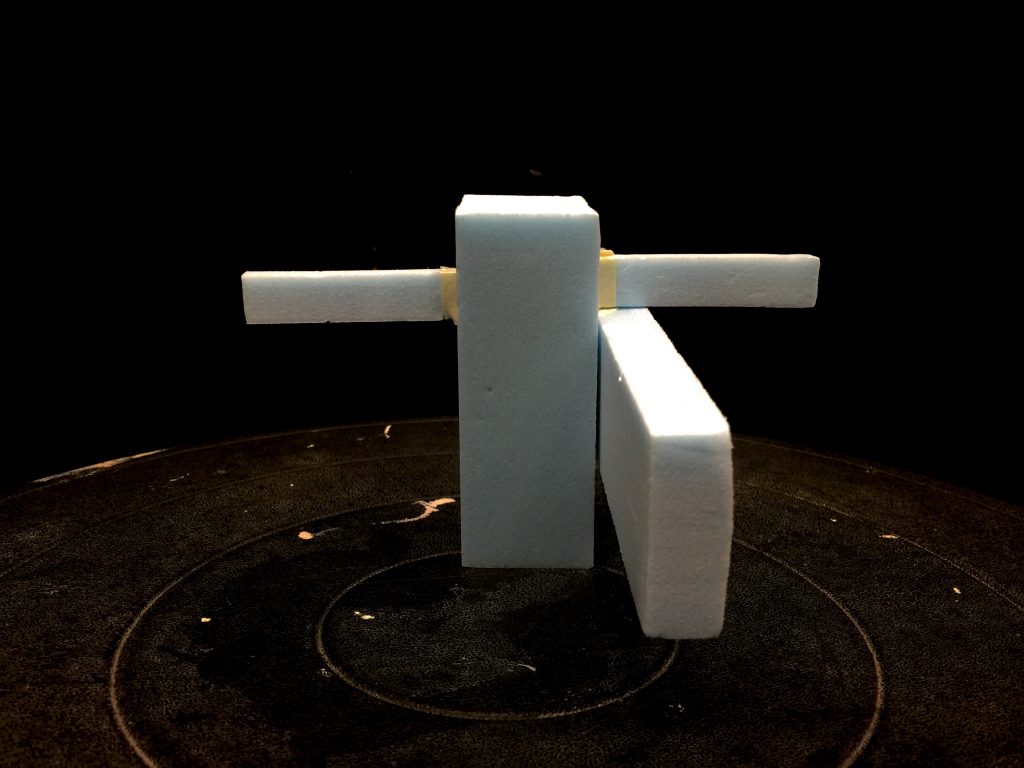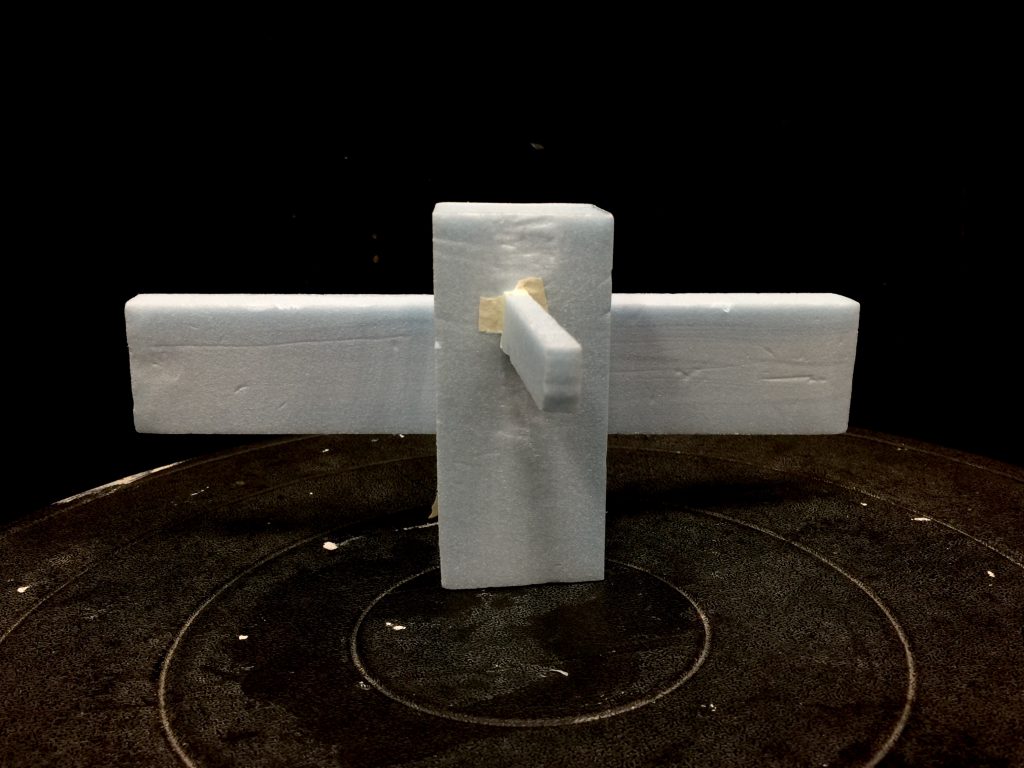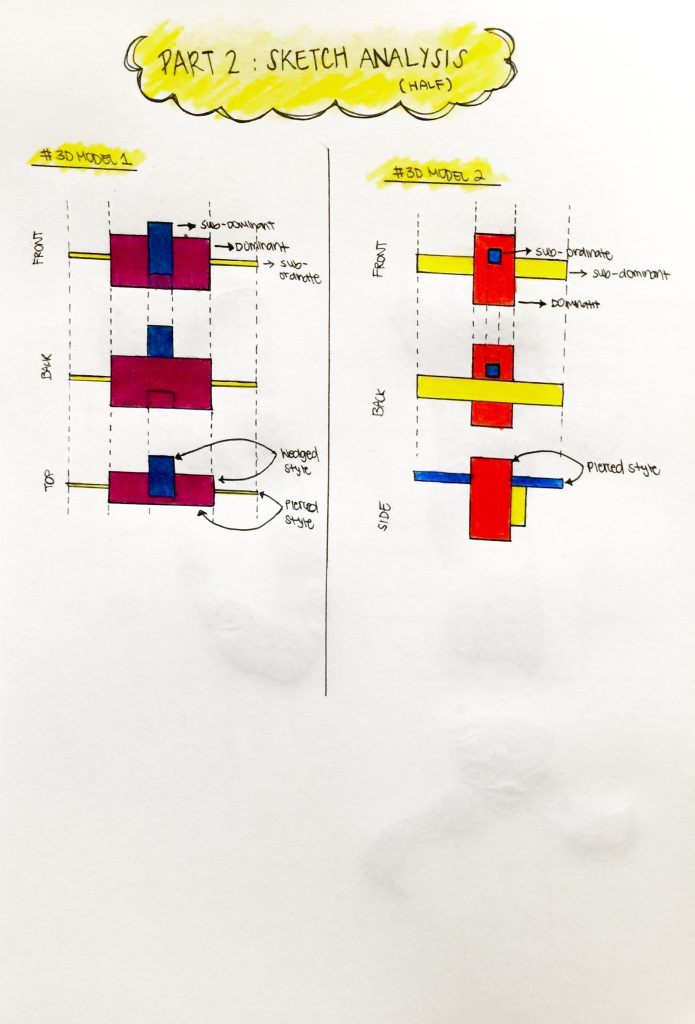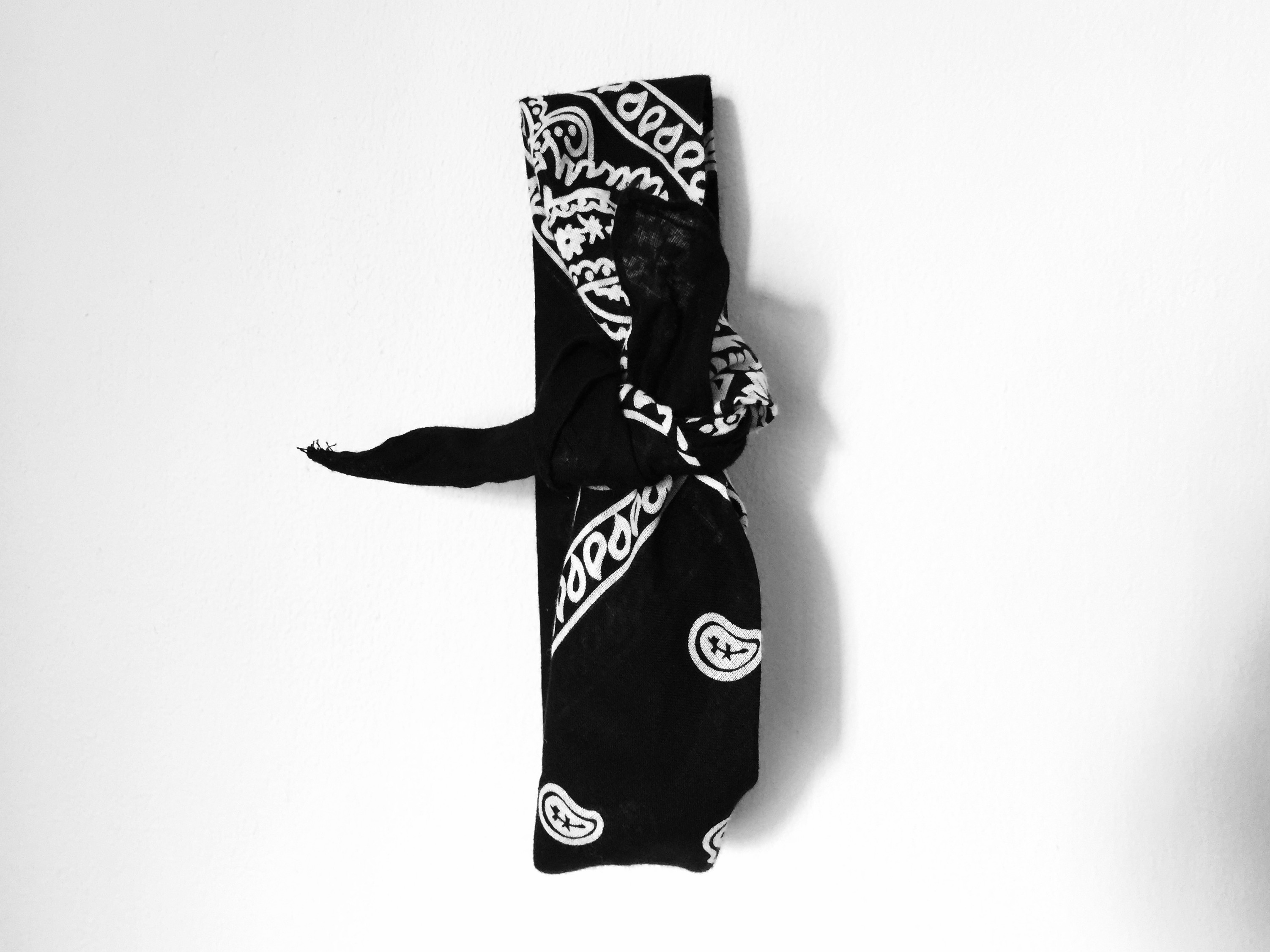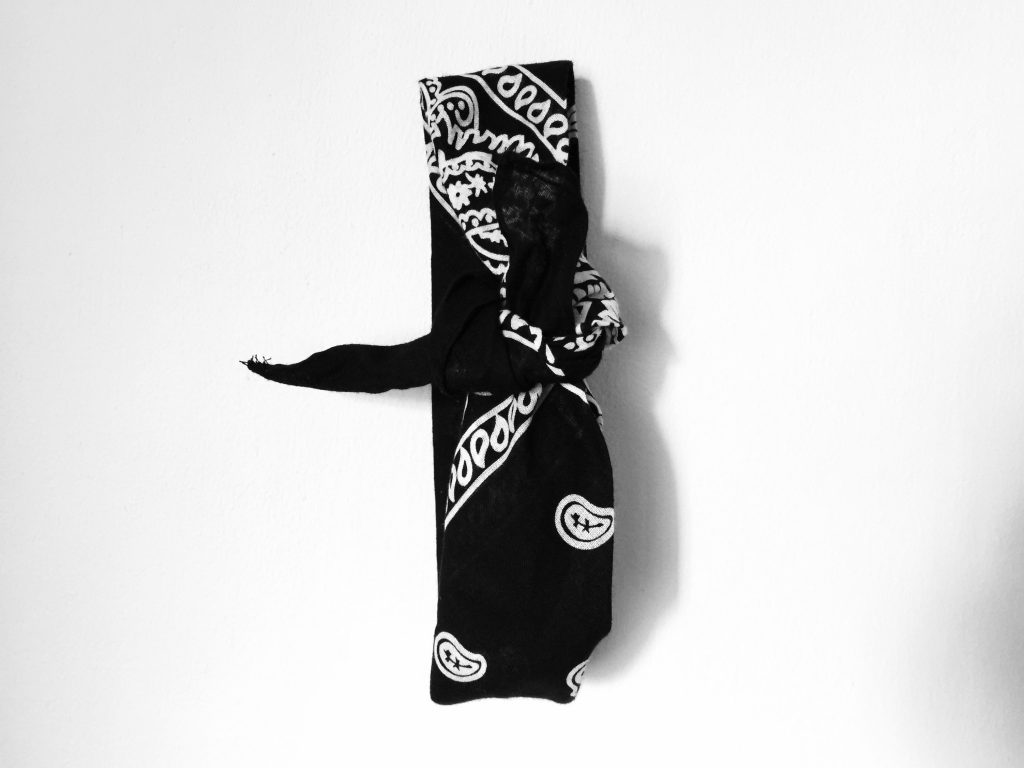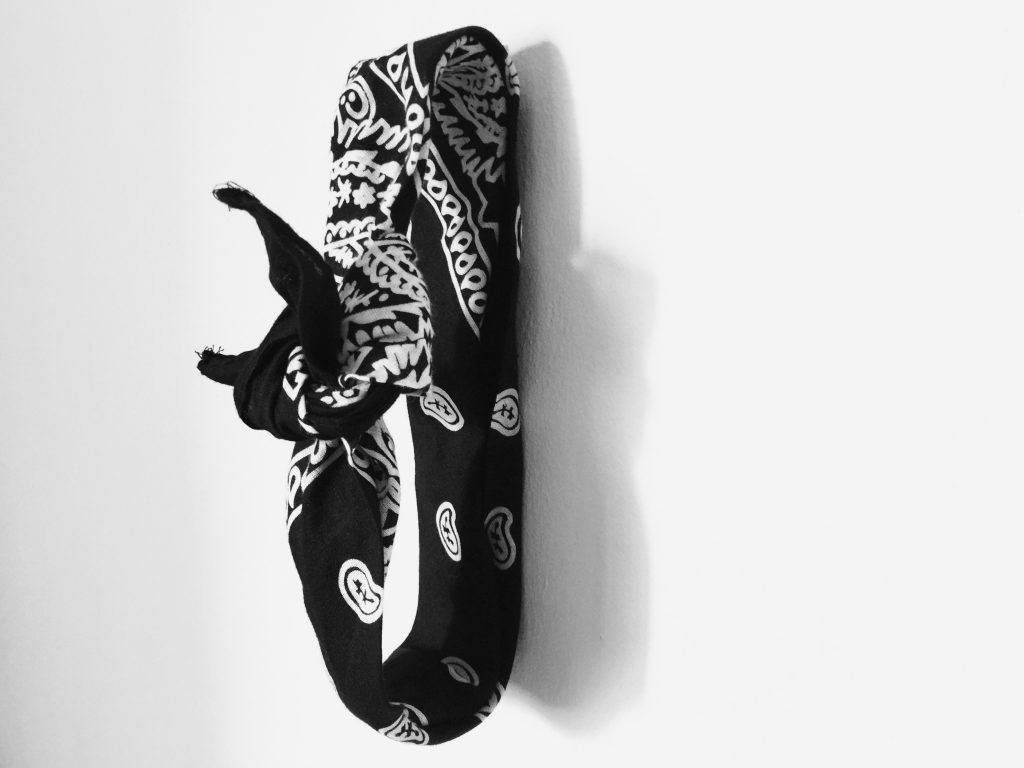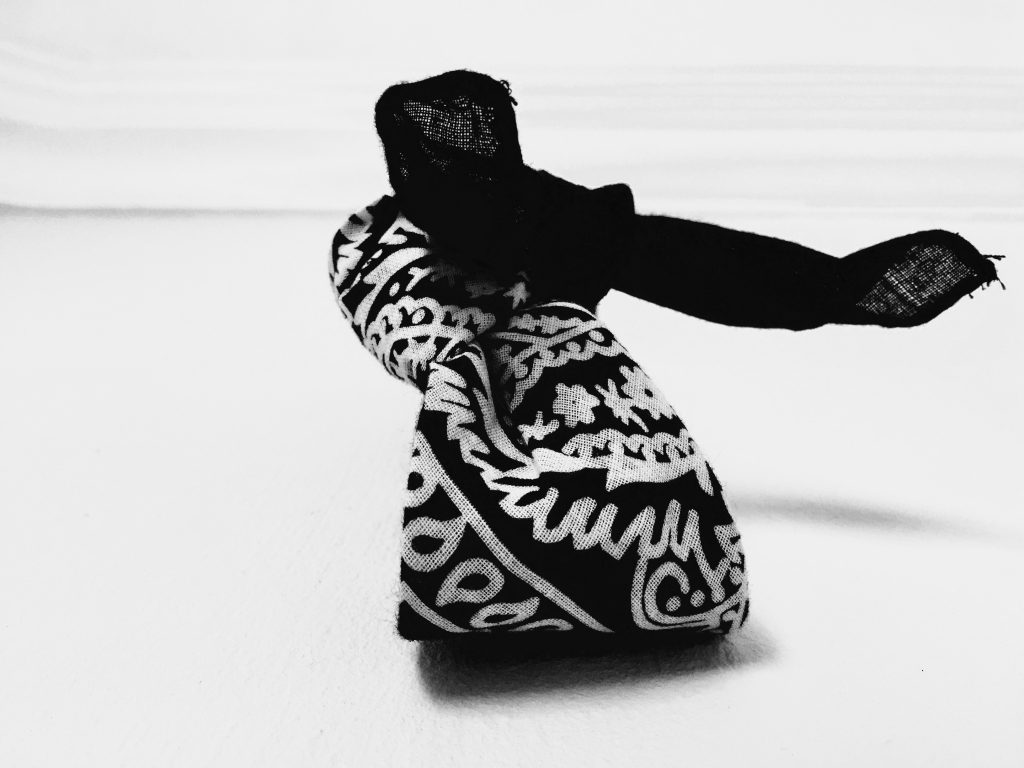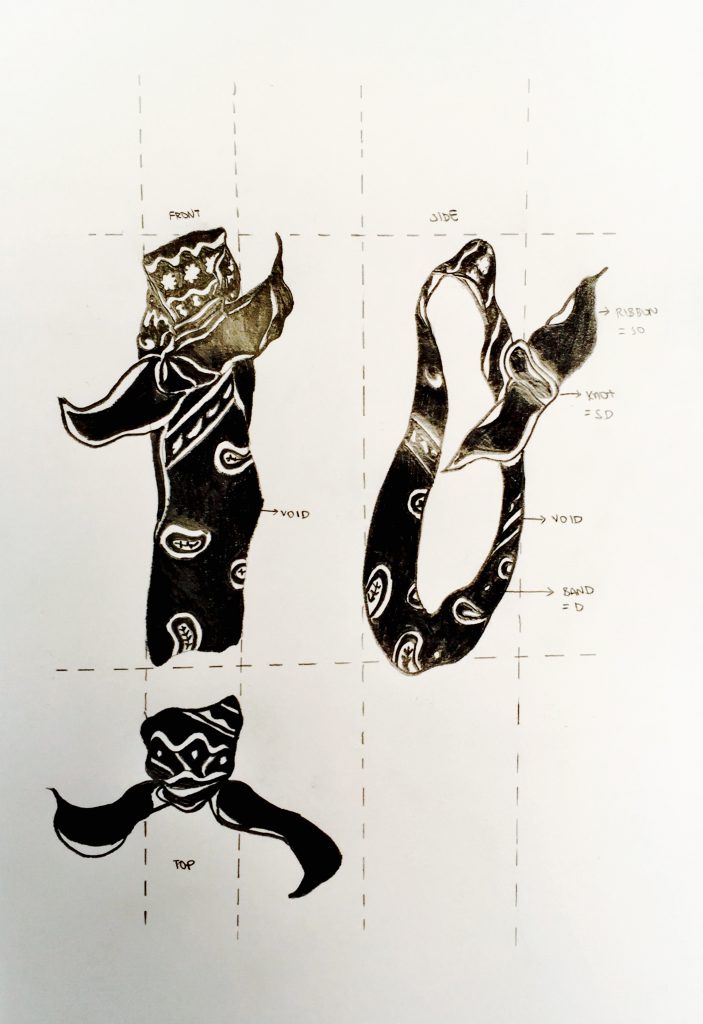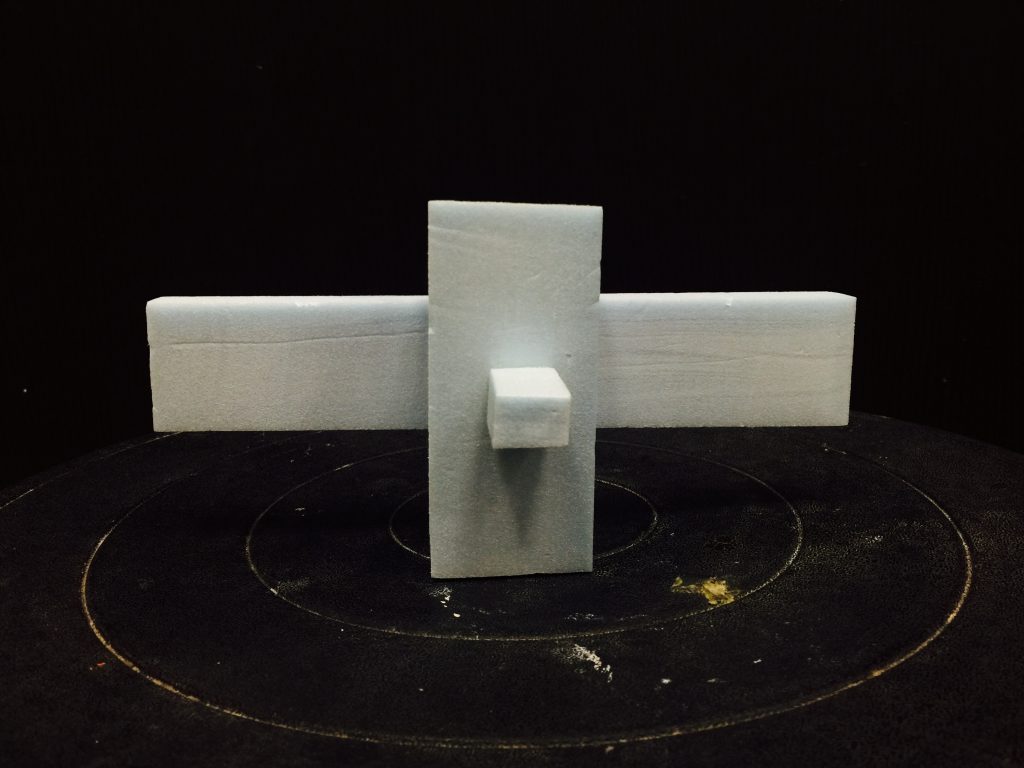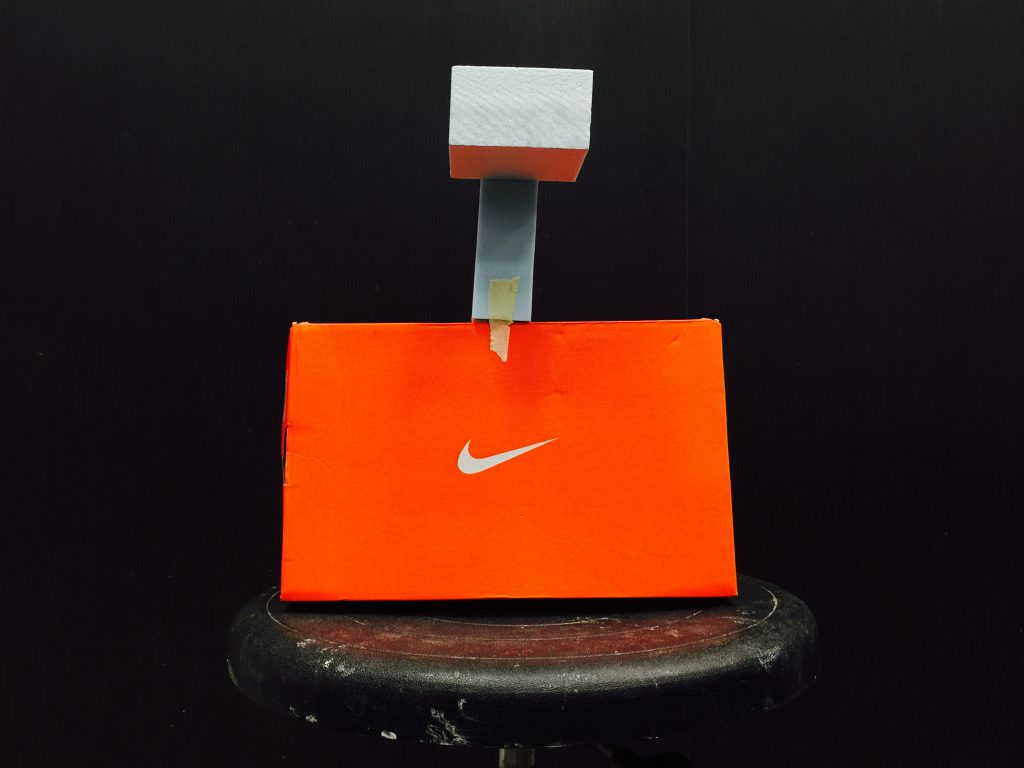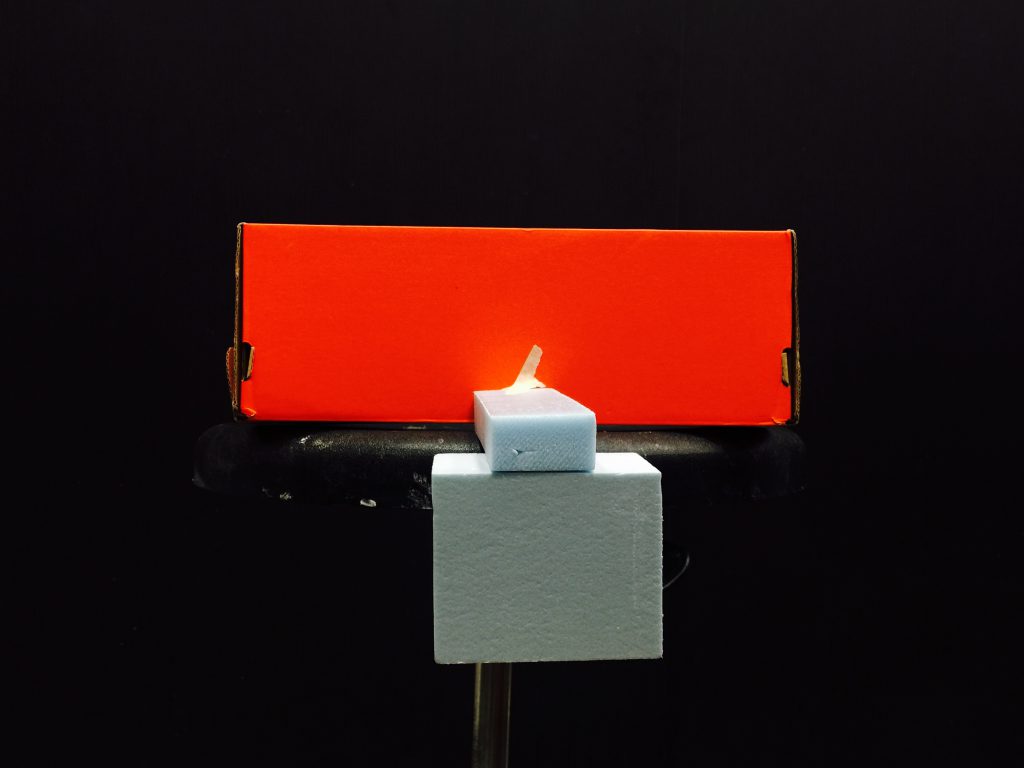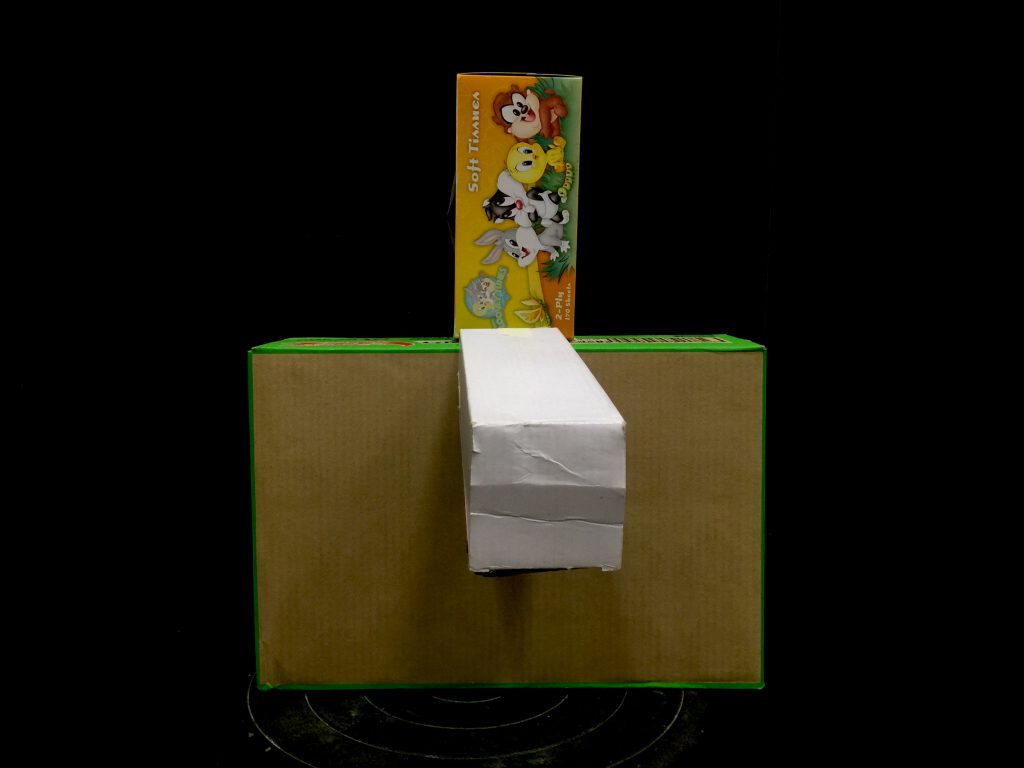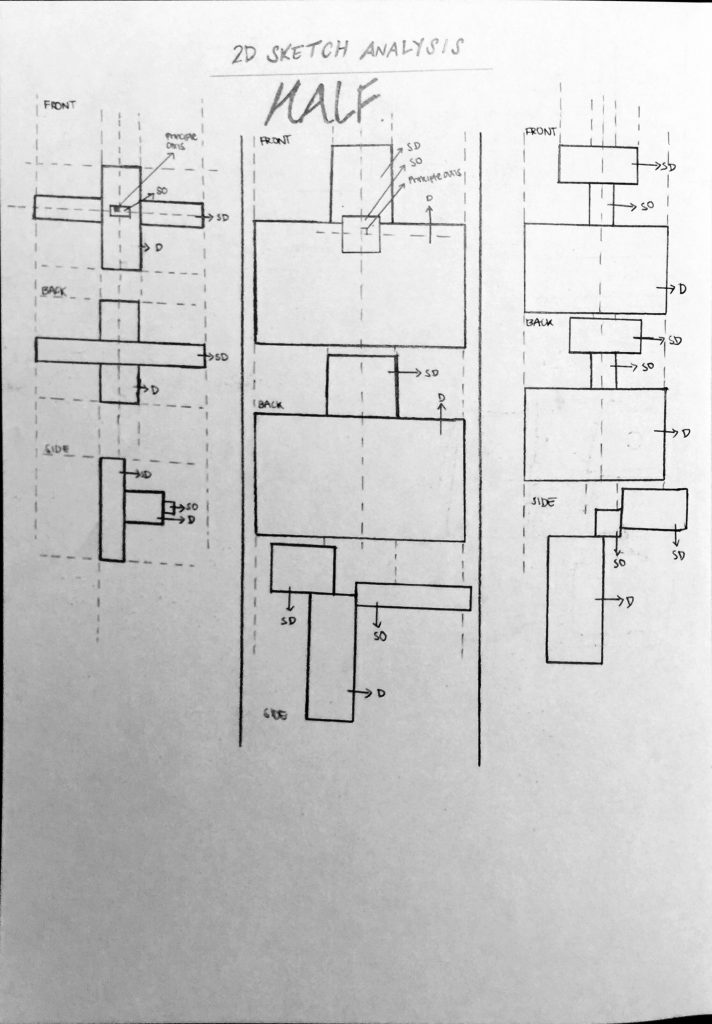Hello, Cheryl! Hello, World!
Elements found on the Ikebana are called shin, soe and tai. Which translates to Dominant (D), Sub-Dominant (SD) and Sub-Ordinate (SO) respectively. The longest branch, called shin, represents heaven. The medium branch, soe, represents man. And the shortest branch, tai, represents earth.
// Concept 1: The Spirit of Fukuoka, Japan (福岡)

https://www.jnto.go.jp/eng/wp-content/uploads/2016/06/Spend-a-day-seeing-the-past-and-present-of-the-great-city-of-Fukuoka.jpg
Fukuoka is one of Japan’s top 10 most populated cities, often known as the “Liverpool of Japan”. It is home to many of the most famous food in Japan (e.g mizutaki, ramen noodles), one of the city’s attractions in Fukuoka is their variety of outdoor food stalls that decorated the river bank. These food stalls are known as Yatai. Many tourists came from all over the world to visit and experience this food trial.
LIGHTS ライト

Port and tower at Fukuoka, Japan.
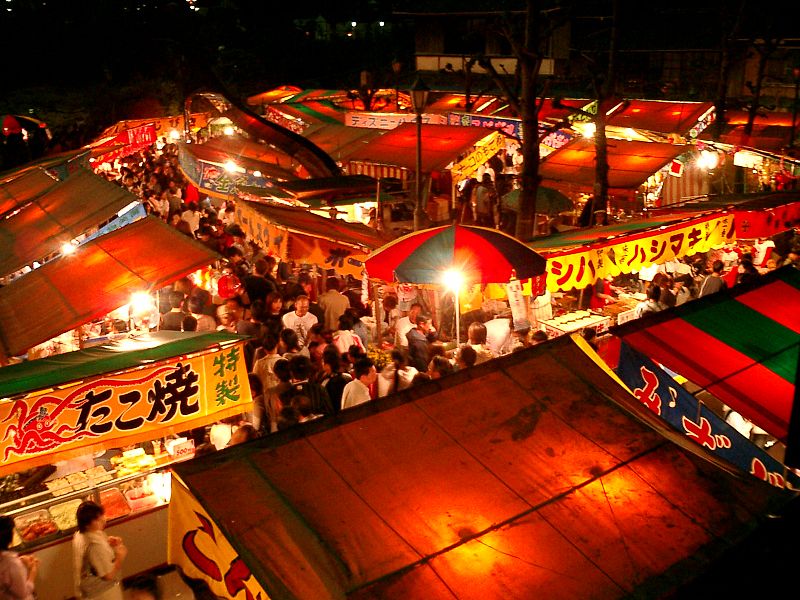
https://blog.gaijinpot.com/yatai-fukuoka-street-food/
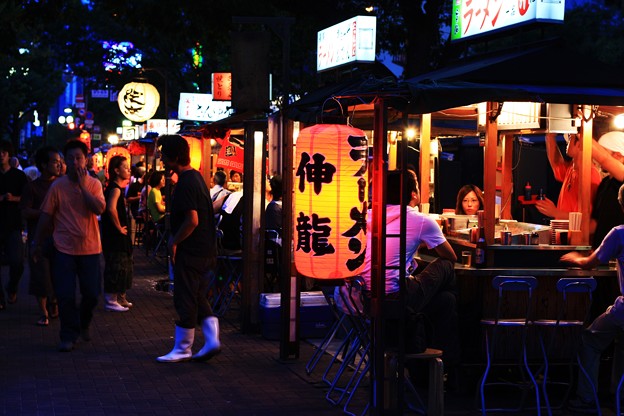
http://art8.photozou.jp/pub/173/14173/photo/12082871_624.jpg
The LED lights beautifully decorated the river bank, and it gives off an outburst of a modern vibe, bringing life to the night sky. This is one of the must-go places in Fukuoka, a chance to watch and experience the Japanese culture and to dig into some of the most delicious food in Japan. I feel that the light element really gave the entire aesthetic a big push and is one of the biggest highlights of this place, hence making it look so photogenic on any camera.
FOOD フード

https://blog.gaijinpot.com/yatai-fukuoka-street-food/
Food brings people together. The 150 Yatai stalls along the river bank are famous for their various dishes, and one of it is the Japanese Soft Serve and Oden.
WINTER IN FUKUOKA – 冬

http://favimages.com/wp-content/uploads/2012/10/japan-fukuoka-snow-landscape-winter-hometown.jpg
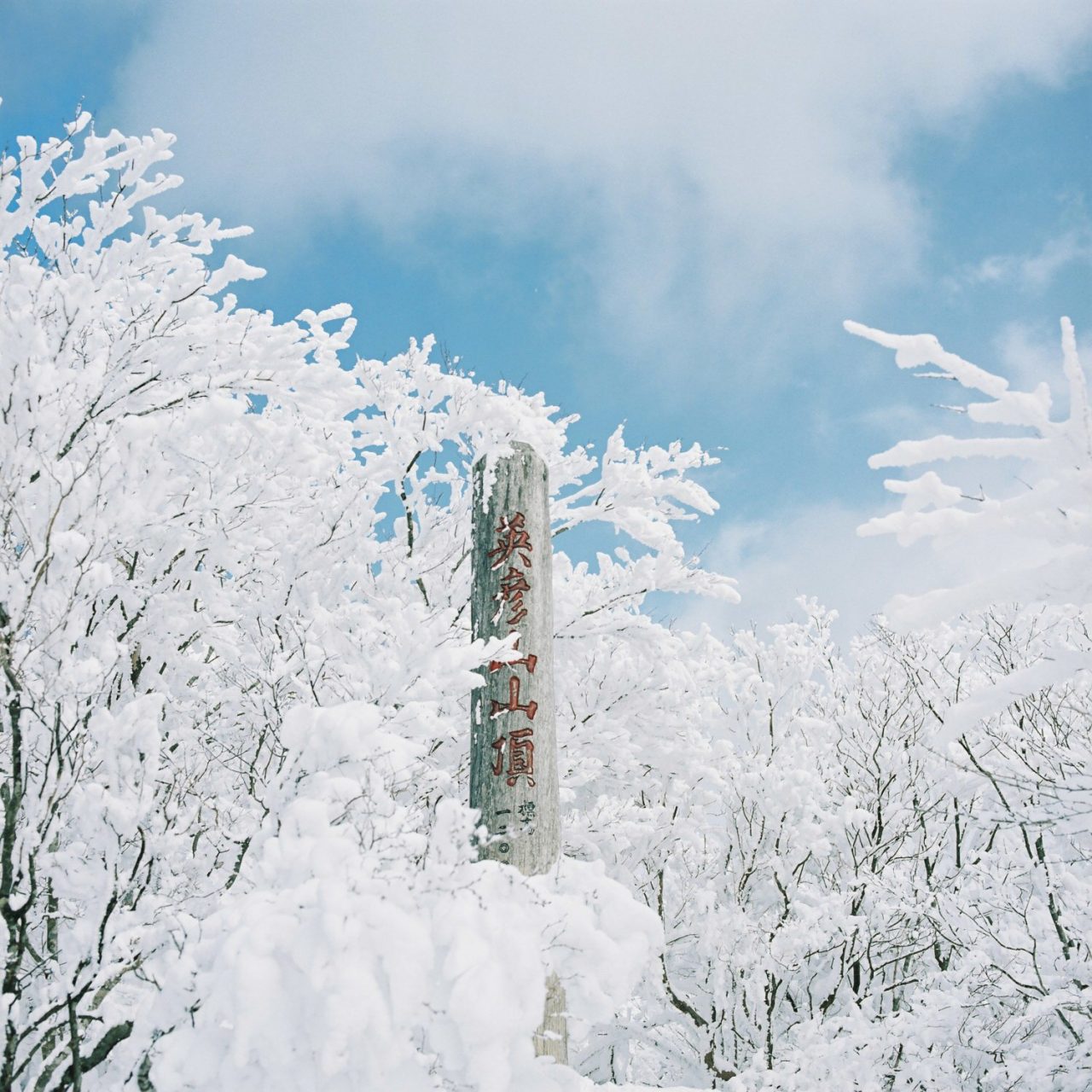
http://ishikawakanta.com/wp-content/uploads/2017/02/20170212hassel-12-1280×1280.jpg
By this time, the leaves have fallen and the tree is stripped bare. The branches are covered in thick layer of snow, which make the trees look like they have white leaves. The branches are curvey and organic in shape.
//Artist Reference: BAIKO
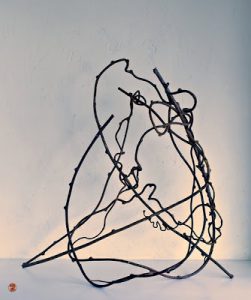
cr: http://zen-images.blogspot.sg/
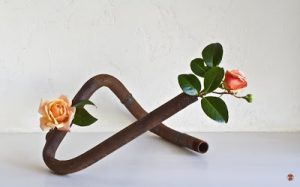
http://zen-images.blogspot.sg/
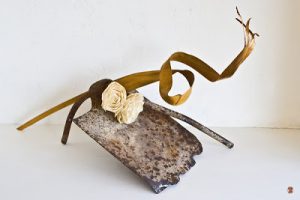
http://zen-images.blogspot.sg/
IDEATION:

For my final Ikebana Model, I decided to incorporate the main elements that represent the Yatai stalls of Fukuoka. They are Lights, Food items & lastly, a tree branch that looked like it had braved through winter.
This! >>>

// The Assembly

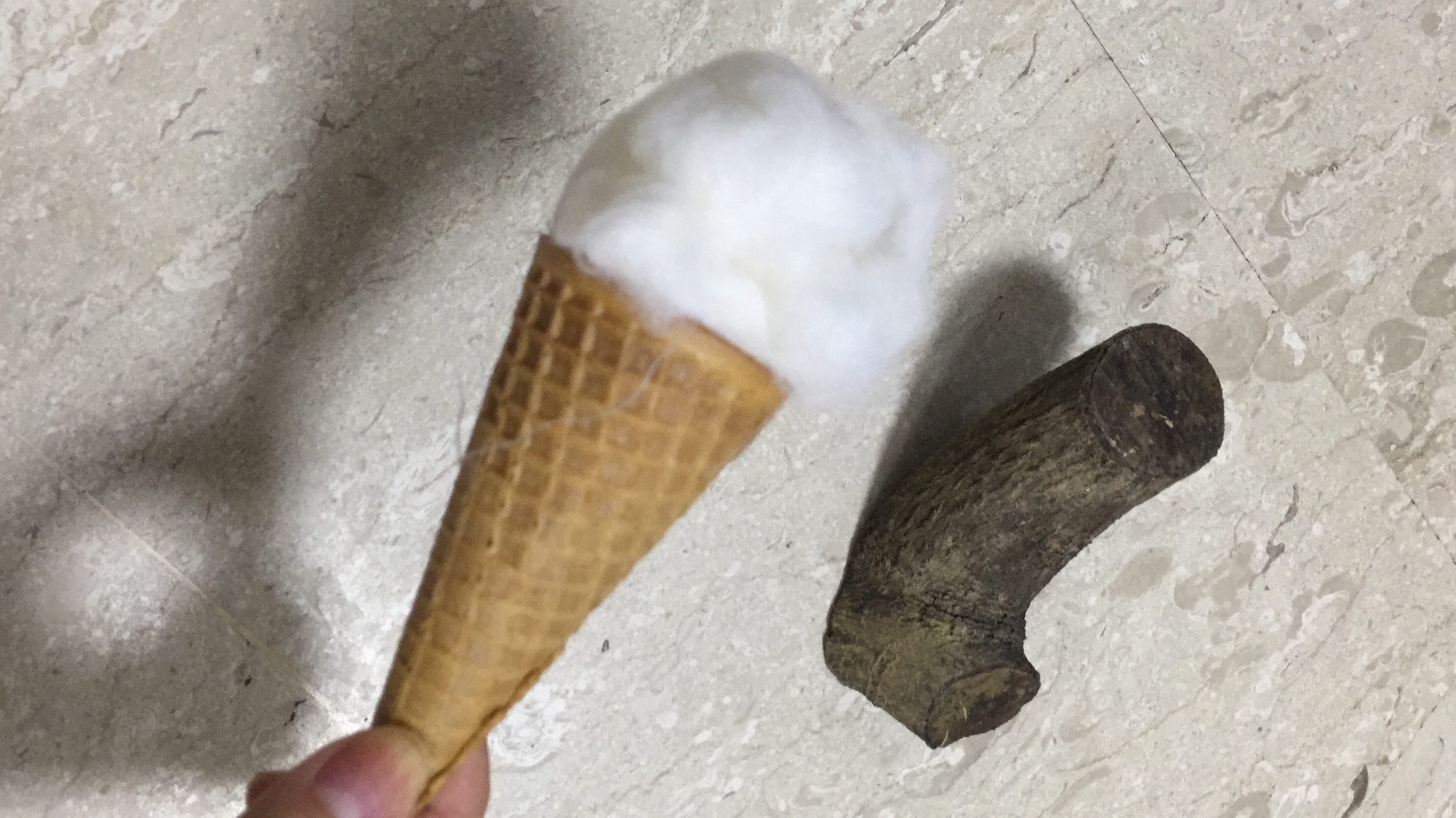
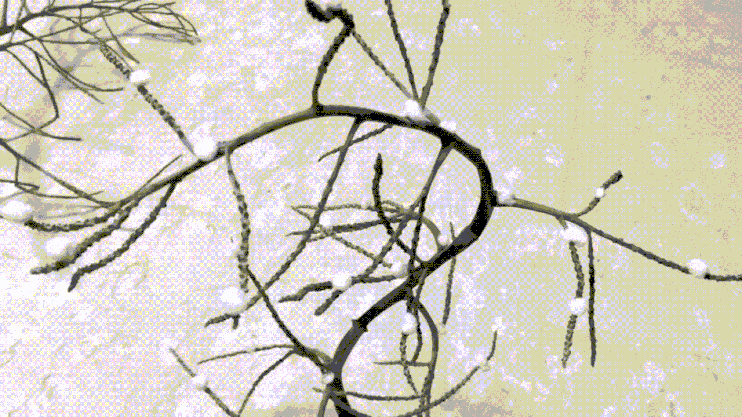
// Final Ikebana Model:

Color Scheme: Muted, Earthy tones (Blue, Brown, White, Cream)
Rationale: A winter representation of Fukuoka in a whole. The cotton wools at the base represent fallen snow, and the cotton balls (sphere) represent accumulated snowflakes on the branch. The ice cream cone and marshmallows (cylinder) signify the Yatai’s tradition. However, I am unable to hang ramen noodles and dango (ダンゴ ) on the branch since they do not constitute to the winter theme. I thought the colours of marshmallows and cone would better compliment my ensemble. Ice cream reflects about the harshness of weather in temperature during winter. The blue LED lights (sphere) brings about the distinctive spirit of Yatai stalls along the river bank, also adding on to the overall winter mood.
Feedback: It was said that I could better portray the pattern of fallen snowflakes by reducing the amount at the bottom branches (since the top part should look more densely covered in snow).
Rhythm of Flow: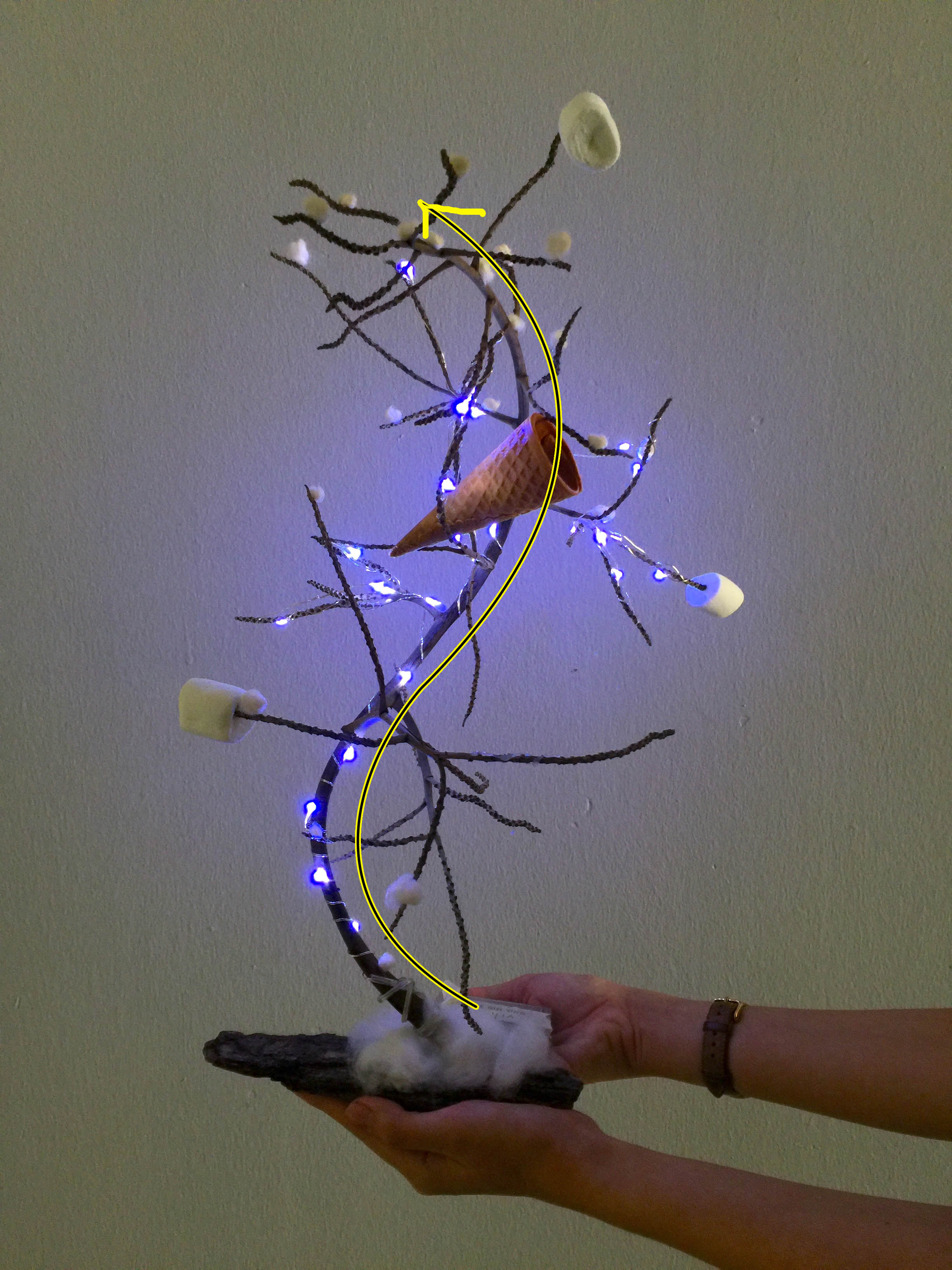


Dominant: The Branch
Sub-Dominant: Fallen Snowflakes AKA Cotton balls
Sub-Ordinate: Cone & Marshmallows
//Rejected Ikebana Model (Documentating my attempt):

Elements: Wooden Spiral Piece, Cotton ball, Ice Cream Cone, Shaved Ice Ball (On the cone) and the Wooden piece I found interesting
Dominant: Wooden Spiral Piece (implied cylinder), Wood/Branch (cylinder)
Sub-Dominant: Ice Cream (cone)
Sub-Ordinate: Iceball (sphere), Cotton snowballs (sphere)
The reason why it’s rejected: I find that it somehow lacks the Ikebana essence, but I am still going to document it anyway since it has already been assembled. The structure looked too static and curated, hence this leads me to create another design.
//On that day:


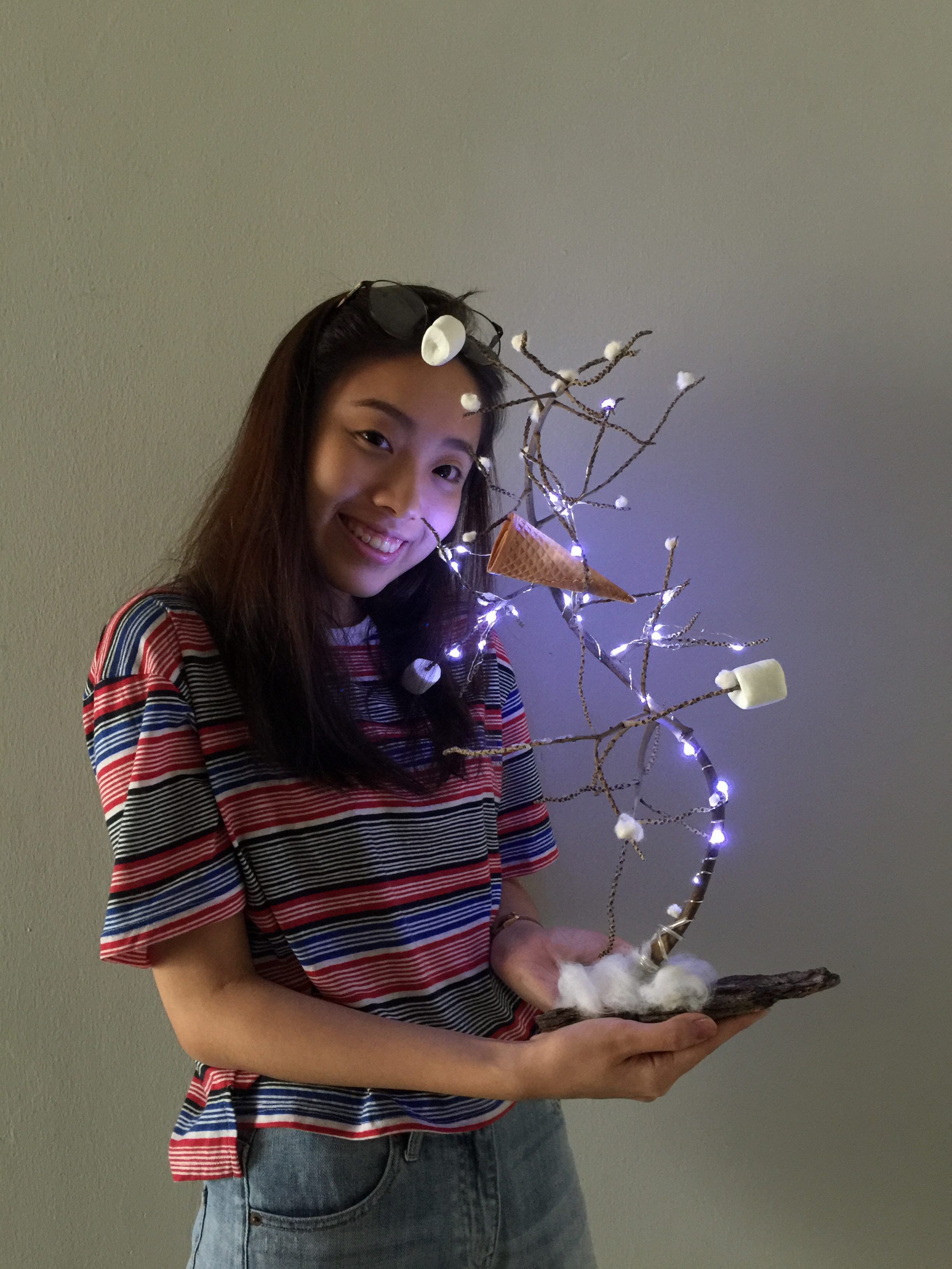
That’s all folks!
バイ~
